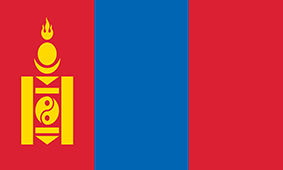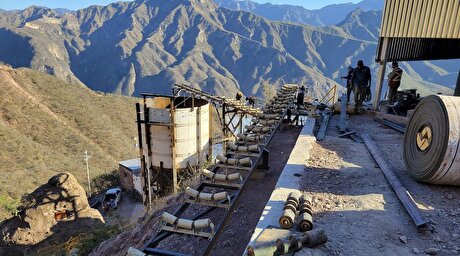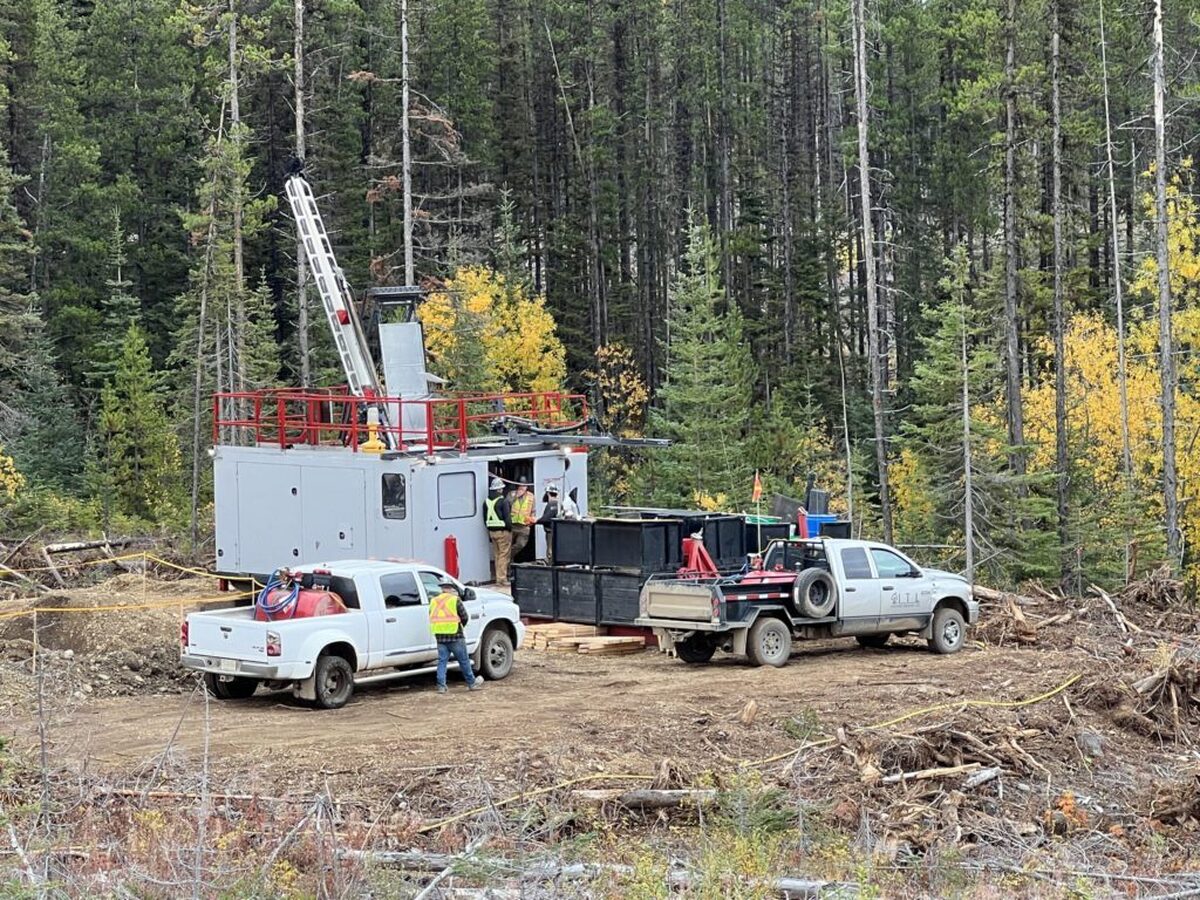
Turquoise Hill reports fourth quarter 2018 production for Oyu Tolgoi, 2019 guidance


Last year the Mongolian copper-gold mine produced 159,100 tonnes of copper, up 1.1% from 2017, and 285,000 ounces of gold, up 150% from 2017.
The government of Mongolia owns 34 percent of Oyu Tolgoi with the remainder held by Turquoise Hill Resources, which in turn is 51% owned by Rio Tinto.
The mine, 80 km north of Mongolia’s border with China and roughly 550 km south of the capital, Ulaanbaatar, is one of the world’s largest.
Turquoise Hill says Oyu Tolgoi has the potential to operate for about 100 years from five known mineralized deposits, the first of which (Oyut), went into production as an open pit in 2013.
A second deposit, Hugo North (Lift One), is under development as an underground operation and is scheduled to begin sustainable production in 2021. The other three deposits, Hugo North (Lift Two), Hugo South and Heruga, are not yet scheduled for development.
Turquoise Hill expects Oyu Tolgoi will be the world’s third-largest copper producer at peak metal production in 2025.
Turquoise Hill expects average production from 2025 to 2030 to be more than 550,000 tonnes of copper and over 450,000 ounces of gold per year, all from the Oyut open pit and the Hugo North Lift One underground operation.
This year Turquoise Hill says open-pit operations are expected to mine phase four with mill throughput forecast to be about 40 million tonnes. Meanwhile, the company expects underground development will advance 15-16 km.
At the end of 2018, the company signed a power source framework agreement between Oyu Tolgoi and the Mongolian government that provides a binding framework to build a power plant that offers a long-term domestic power solution for the mine.


Energy Fuels soars on Vulcan Elements partnership

China extends rare earth controls to imported material

Galan Lithium proceeds with $13M financing for Argentina project

Northern Dynasty sticks to proposal in battle to lift Pebble mine veto

Ukraine launches tender for major lithium deposit

KoBold Metals granted lithium exploration rights in Congo

Freeport Indonesia to wrap up Gresik plant repairs by early September

Kyrgyzstan kicks off underground gold mining at Kumtor

Critical Metals signs agreement to supply rare earth to US government-funded facility

Equinox Gold kicks off ore processing at Valentine mine

India considers easing restrictions on gold in pension funds

Luca Mining expands Tahuehueto mine with Fresnillo land deal

Kyrgyzstan kicks off underground gold mining at Kumtor

Ukraine launches tender for major lithium deposit

KoBold Metals granted lithium exploration rights in Congo

Freeport Indonesia to wrap up Gresik plant repairs by early September

Energy Fuels soars on Vulcan Elements partnership

Northern Dynasty sticks to proposal in battle to lift Pebble mine veto

Giustra-backed mining firm teams up with informal miners in Colombia

India considers easing restrictions on gold in pension funds

Luca Mining expands Tahuehueto mine with Fresnillo land deal

Kyrgyzstan kicks off underground gold mining at Kumtor

Ukraine launches tender for major lithium deposit

Freeport Indonesia to wrap up Gresik plant repairs by early September

Energy Fuels soars on Vulcan Elements partnership

Northern Dynasty sticks to proposal in battle to lift Pebble mine veto

Giustra-backed mining firm teams up with informal miners in Colombia

Critical Metals signs agreement to supply rare earth to US government-funded facility


















